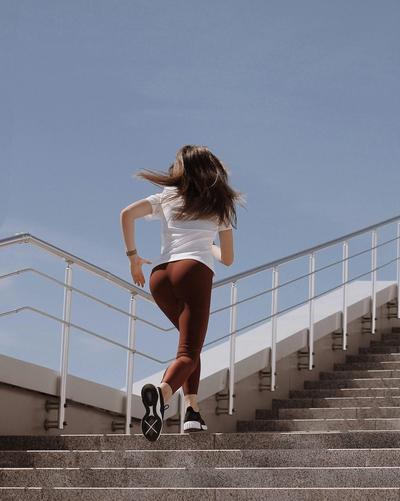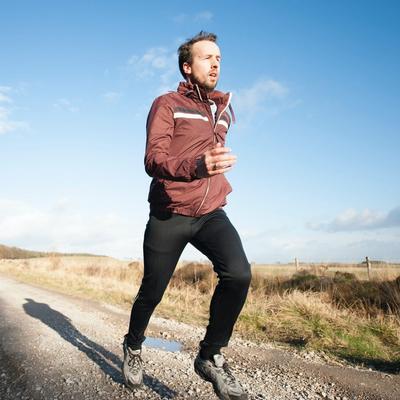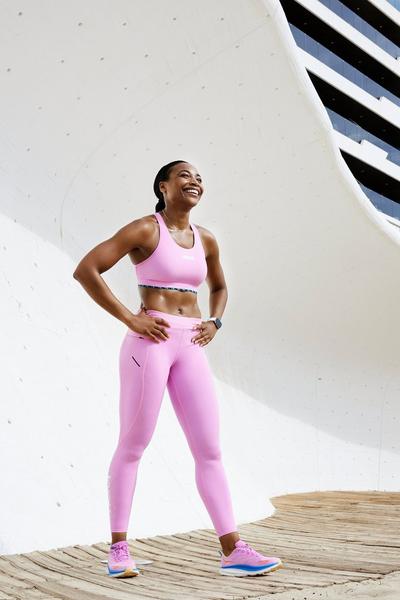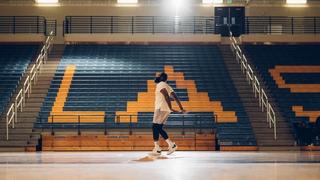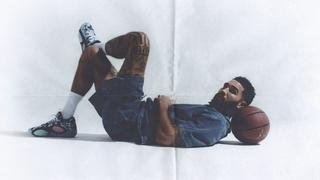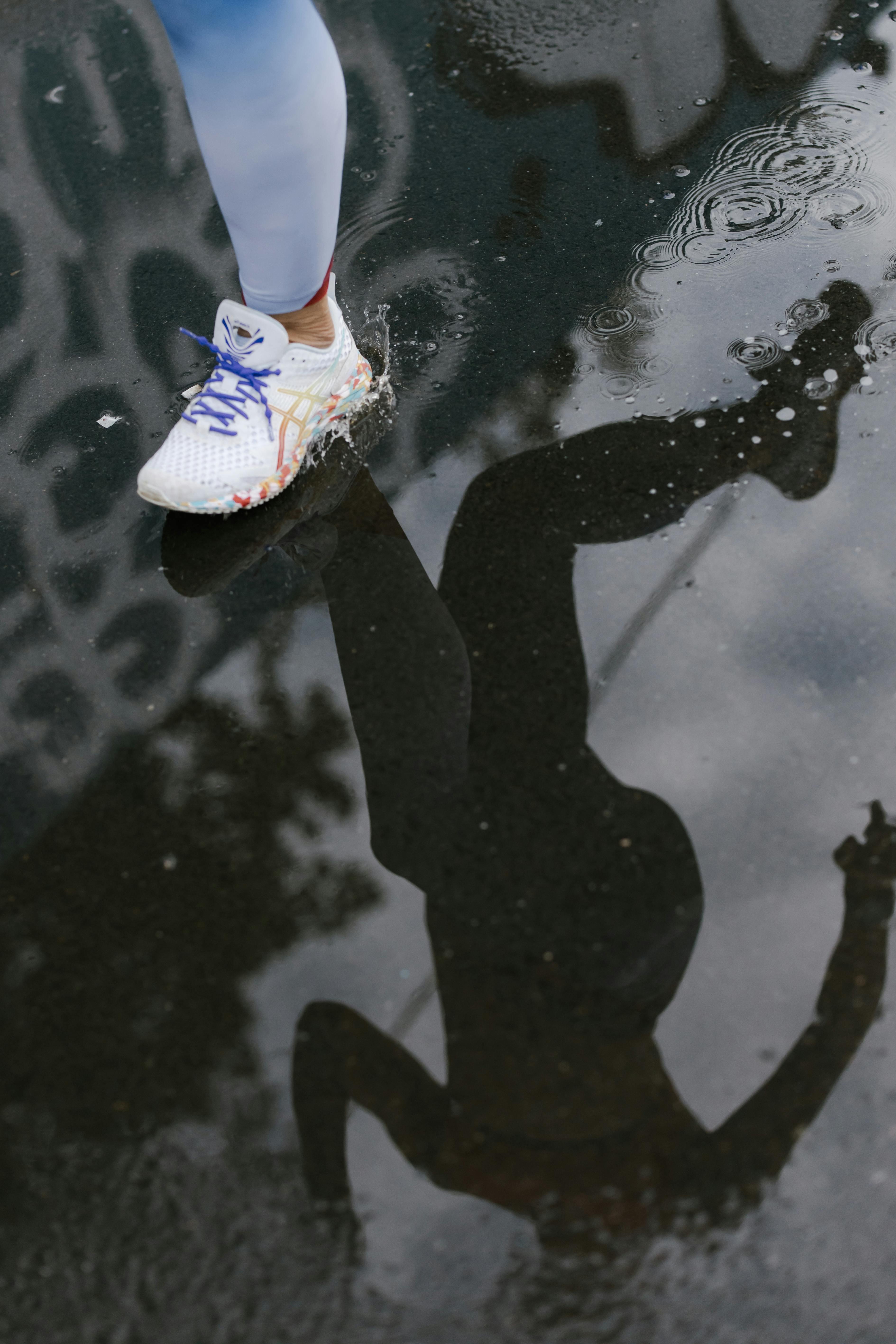The perfect running shoe doesn’t exist.
You read that right. To be more specific, what we mean is one-size-fits-all and fulfills-all running shoes don’t exist. Why? Because everyone’s goals, foot shape, running styles and preferences vary as widely as the various running shoe brands and silhouettes.
But if you want to find the best running shoe for you, read on for our Hibbett | City Gear all-encompassing guide, whether you’re training for your next marathon or looking for the best trail running shoes in men’s sizes.


